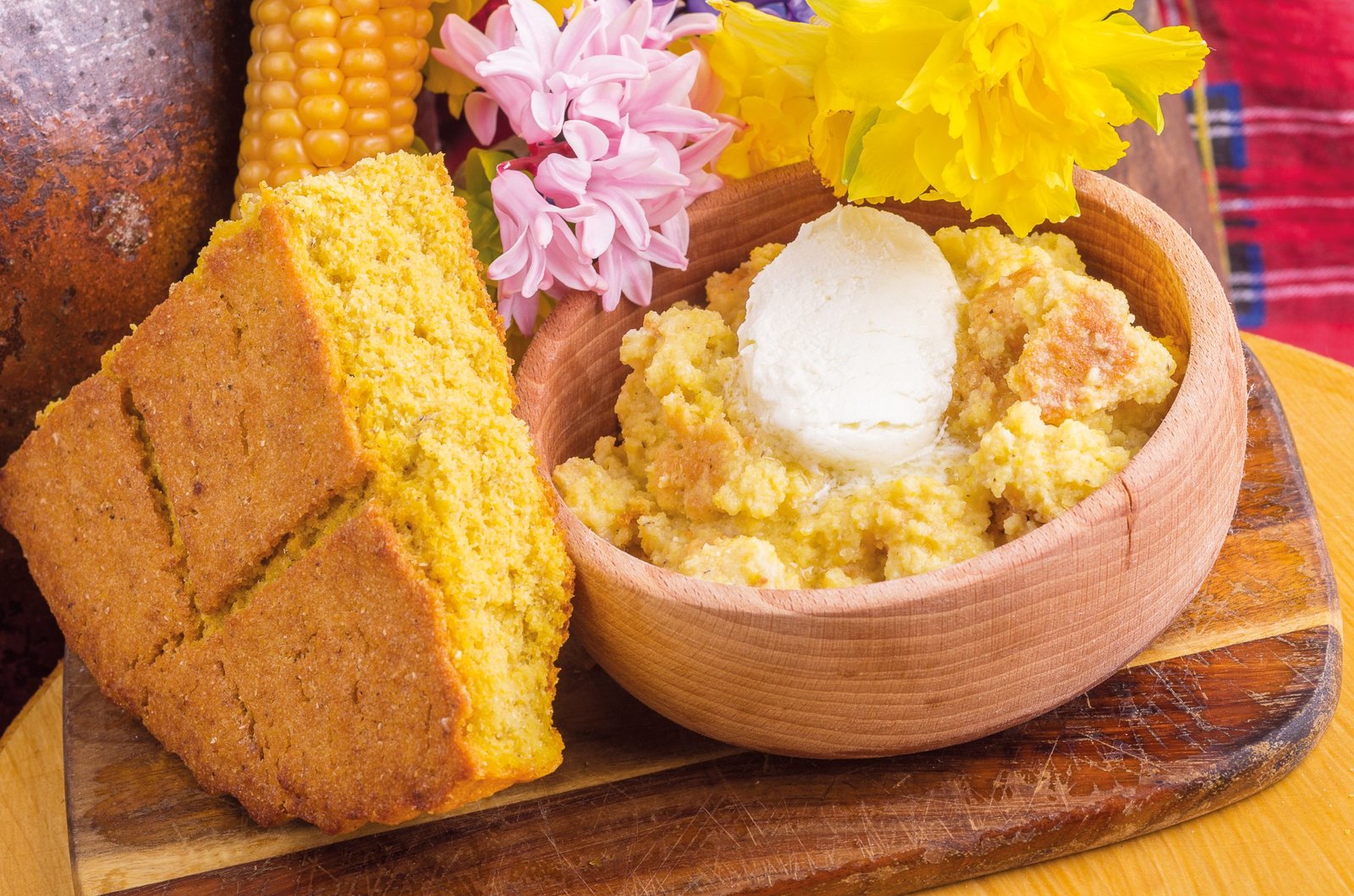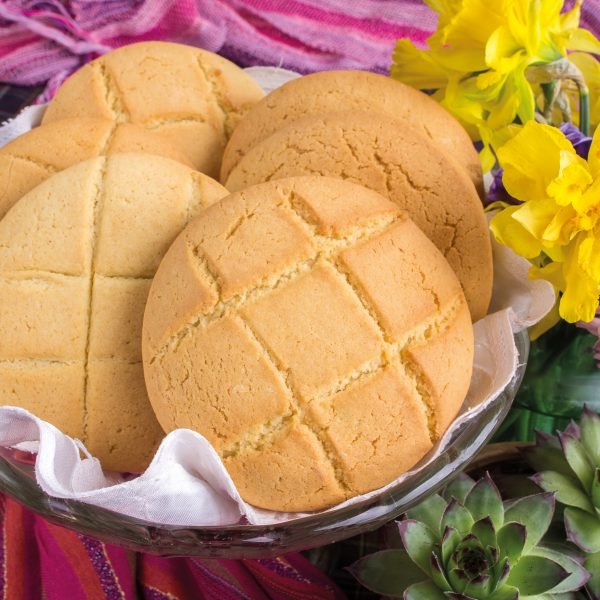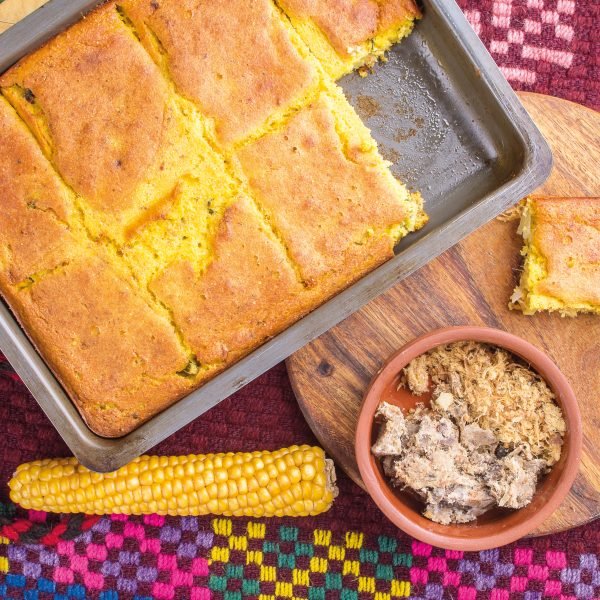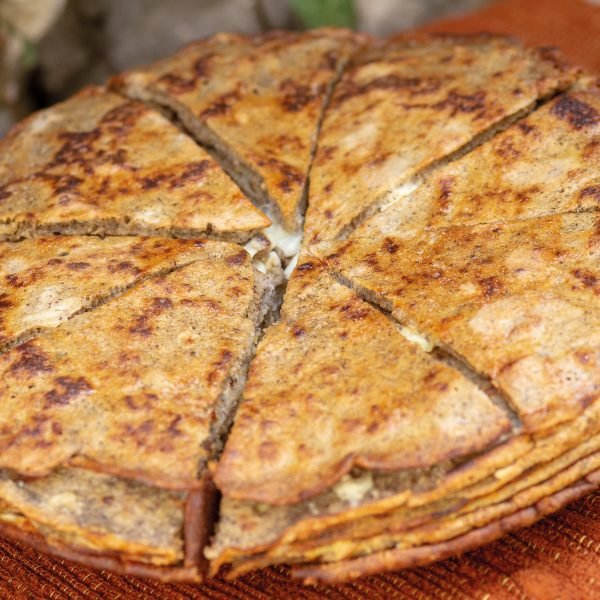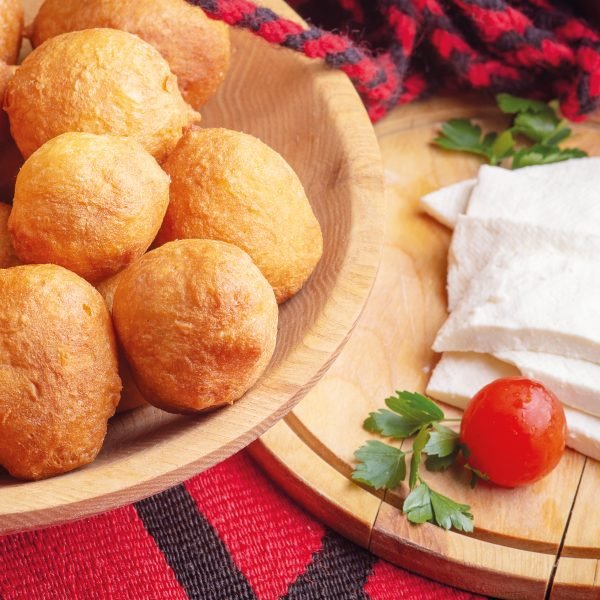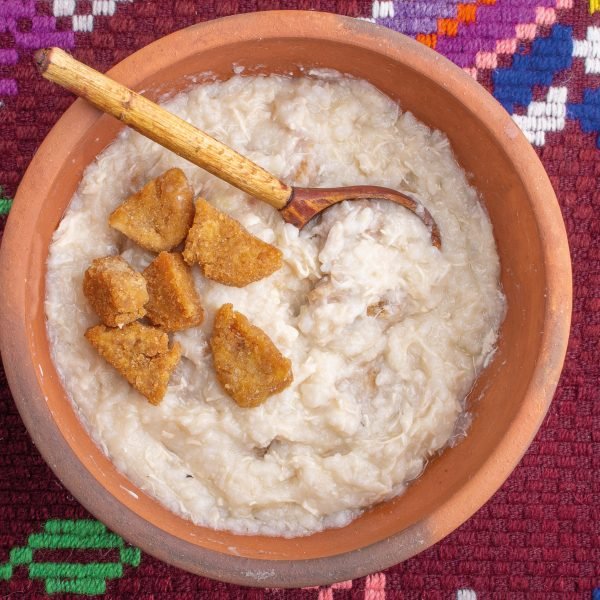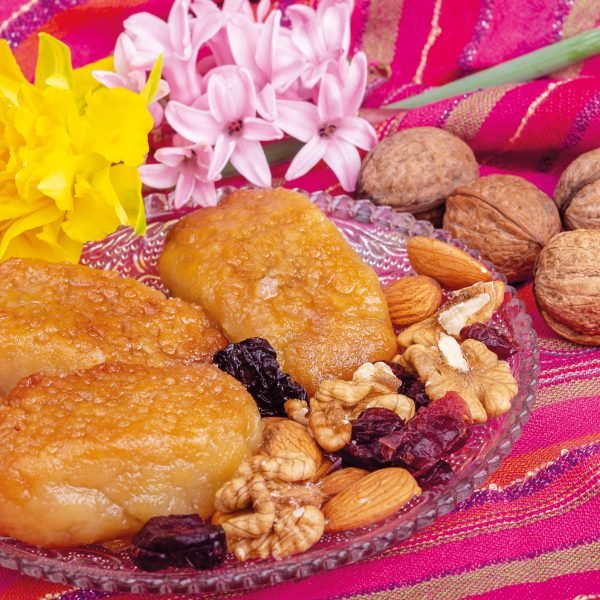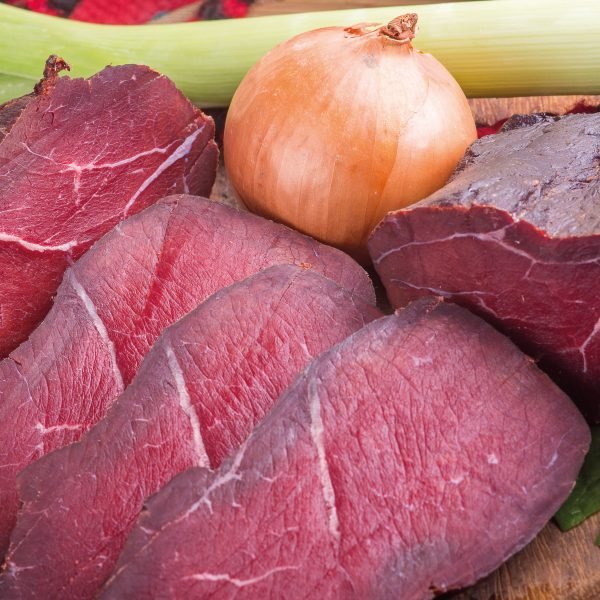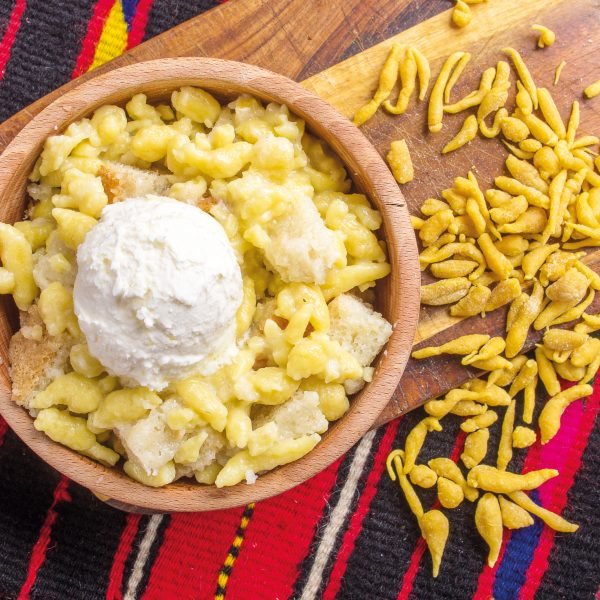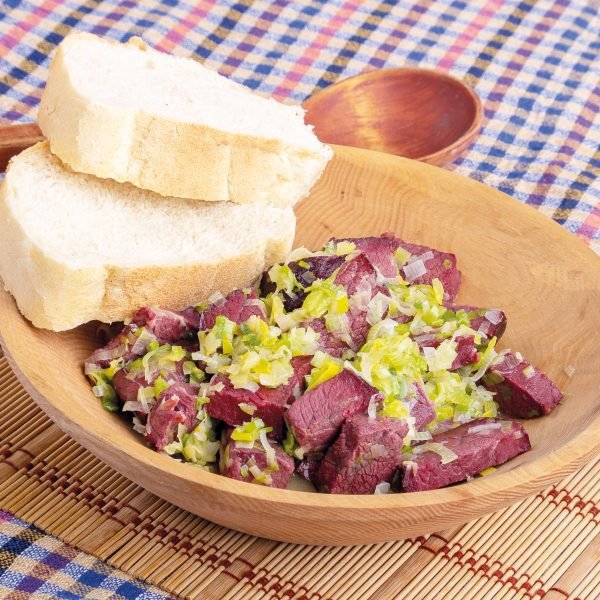The cuisine of this area is a reflection of the culture, tradition and history of the people who live here. This is an ethnically diverse territory, and every nation brings its own customs and recipes, and contributes to the riches of mountain cooking. What everyone who lives in the mountains has in common, what is as integral to them as their genetic code, is strong and high-calorie food, vital for the harsh weather conditions, but also for the great efforts and physical activity that are characteristic of this area, given that livestock breeding and agriculture have always been the main sources of income. An additional characteristic of the mountain kitchen comes from the fact that in the mountains folk have always lived in poverty, but this poverty demanded creativity in cooking and dependence on a large number of “wild” foodstuffs, which were not cultivated but sim-ply picked in the forests and in the meadows, and this is a custom which carried on to this day in the rural regions.
For more details on cuisine in mountainous regions, and for information on gastro routes, please visit website www.montegastro.me. We are presenting here several typical dishes of this zone.
Cornmeal Kačamak
1½–2 litres/2½–3½pt water, 500g/1lb corn flour, 300g/11oz cheese, 200g/7oz kajmak, 5g/1 tsp salt
Add the flour onto the boiling salted water. The flour should not be stirred in but should be allowed to remain on the surface in a mound-like shape through which you should make an indentation with a wooden spoon and leave to cook on a low heat for about 40 minutes. When the flour disappears from the surface of the water, strain out the surplus water (if there is any) into a separate pot. Mix the cooked polenta, known as kačamak, with a kačamar – a wooden beater – (if the mixture is too thick, add some of the strained-off water) until the entire mixture becomes uniform. Melt the cheese and kajmak in another pot and blend into the kačamak.
Polenta, or kačamak, is more than just a food. As with the image of shepherds who still eat this dish somewhere in a manner that is who-knows-how-old – from a single pot, a cauldron on the fireplace – but there is also something here bigger and deeper. Something removed from time. The phrase “quick and easy” does not apply to this traditional mountain dish, which people specially come to the mountains to sample. This cannot be made in less than an hour. Time enough to take a stroll among the tall fir trees and spruces, through the thick and lush grass, take a draught from cold springs, take a photograph of kingly Prokletije peaks and scree slopes. In the meantime the cook has attempted to blend the potato and flour with a special wooden implement called a kačamar, to enrich the kačamak with kajmak and cheese. The wooden plates for kačamak are perfectly complemented by wooden cups for homemade soured milk, so thick that it can be cut with a knife. The feast of all the senses may begin.
Fliya
1kg/2lb flour, 2 eggs, 700ml/1¼pt water, 250g/9oz butter, salt to taste
Prepare a mixture of eggs, flour and water, which should be a little thicker than pancake batter. Melt the butter and grease a baking tray. Heat the oven to 180°C/360°F. Dole out the mixture evenly into a thin layer with a spoon, not covering the entire surface of the baking tray but “in a flower shape”, then put the baking tray in the oven to bake until it the mixture starts to turn yellow. Take out the baking tray, spread with butter, and pour in the next layer of dough to fill in the empty space. Repeat this procedure until all the mixture is used up and then coat the fliya with butter and bake for 25–30 minutes until it starts to go yellow.
Fliya is traditionally prepared in a sač, but when there isn’t one nearby, you can also use a wood-burning stove. Or any oven in fact. This dish is a unique kind of layered dough pie. It is true that it demands devotion, you must make sure that the layers that are coated with melted butter do not overcook. Fliya can also be spread with a mixture of cheese, kajmak, or cream, which will have the same effect as butter, but will have a more rounded taste.
Nettle porridge
800ml/28fl oz water, 100ml/3.5fl oz milk, 600g/1lb 5oz rinsed young nettles, 300g/11oz of corn flour, 100g/3½oz butter, 300g/11oz young kajmak and 300g/11oz cheese, salt
Sauté (blanch) the nettles in a saucepan with boiling water for about 5 minutes, strain and pour cold water over them in order to retain a green colour. Once they have been strained, chop the nettles up. Then place the nettles in salted water which has been brought to a boil, and simmer for 10 minutes on a low heat. Then, with the fingertips, sprinkle on the corn flour and slowly mix with a brkljica (beater) so that the mixture does not clump together. Cook for 30 minutes at a medium temperature. When it is cooked, add butter and chopped cheese. Serve in deep bowls with kajmak. This can be eaten hot or cold.
You can still hear from elderly people that during times of war (and those were not so rare) nettles saved the people from starvation.
For porridges, thick soups or pies, nettles are picked when they are young. They do not sting too much, and after boiling the leaves become completely safe and soft. They can also be picked later, as long as they have not grown too much or started to flower, but they can also be preserved by drying. Nettle tea is recommended as a remedy for a long list of problems and illnesses.
In order to break up the flour in this dish and stop it clumping together, a special implement called locally a “brkljica” was invented, made of a stick which branches on several sides. The brkljica is lowered into the porridge and spun left and right with the hands. Like a forerunner to the modern mixer.
Birjan (Pilav)
½kg/1lb 1oz veal neck or shoulder, or chicken, 200g/7oz rice, 4 onions, 100ml/3.5fl oz oil, 2 carrots, ½ litre/1pt water or stock, pepper, salt
Boil the meat until it is 80% cooked and add the seasonings. Fry the finely chopped onion in oil. When it is transparent, add the rice which has been rinsed and strained. Fry for 10–15 minutes and cover with the broth in which the meat was cooked.
Cut up the boiled meat into small pieces, add to the rice, add salt and mix together. Put on the hob until it boils, then pour into an appropriate pot, cover with the lid and place in the oven to bake for 30 minutes at 180°C/360°F until the liquid has evaporated.
You have already seen this: it sounds familiar, something like a meat risotto. It is prepared often, it is a common meal. And it isn’t as tiring as it seems, although in this recipe there are almost 20 verbs of action. The only slight problem is – the name.
While researching recipes for this dish, there were many problems because it is called different things in different places. For example, in the region of Bihor, birjan is rice with meat, while for example in the cities of Berane and Plav, this same dish is called pilav. Whatever it is called, it is very tasty and nutritious, and is often prepared in our households.
Raw torshi
1kg/2lb 3oz somborka peppers, 1kg/2lb 3oz green tomatoes, 1kg/2lb 3oz dill cucumbers, 2 litre/3½ pt water, 250g/9oz salt, 15ml/1 tbsp vinegar
Wash the vegetables, then prick them with a fork so that the water gets inside easier, and arrange in a pot. Sprinkle salt over every layer of vegetables. When all the vegetables are used, press down with a plate and place a small stone on the plate. Leave for 24 hours so that the vegetables release their juices. Boil some water with the remaining salt and cool. Pour the cooled water over the torshi, add the tablespoon of vinegar and again press down with the plate and stone. Cover and leave to sit for 21 days.
Torshi is a word of Persian origin and it means “pickled”. It is used in practically an identical form in the Middle East, the entire Balkans and Turkey. A large number of families in Montenegro and Kosovo make their own torshi today, even though in the supermarkets they can find all sorts of pickled salads. But homemade torshi is a tradition here and what is sold in the supermarkets can never be compared to what is made at home. And if the family has peppers, cucumbers, tomatoes and the rest in their own gardens then it is something very special. Raw torshi is the most widespread torshi in this region. It is called raw because it is not boiled or baked, it is easy to prepare and everyone loves it. Old-fashioned raw torshi is prepared without preservatives or Campden tablets (potassium or sodium metabisulphite). One more of those foods that are good for a hangover! And they also told us this – the appearance of mould will be prevented if crossed cherry twigs or a handful of nettles are placed on it before the plate and stone are put on top.
Ashure
200g/7oz cracked wheat, 1 pear, 1 apple, 50g/1¾oz dried figs, 50g/1¾oz sugar
Boil the wheat, strain and place to cool. Then add the fruit chopped into cubes and sugar. Before preparing, the wheat needs to be left to soak in water overnight.
Ashure or Noah’s Pudding, as it is also called, is a Muslim dessert, which is usually prepared on the festival Ashura, on the tenth day of the Muslim month of Muharram.
Ashure is made from between 7 and 77 foodstuffs – fruit, nuts and cereals, and there must be an odd number of them, and it is shared with friends and neighbours, in at least three houses. The symbolism of Ashura is linked to the prophet Nūḥ, or Noah, but this is a unique dish that was reputedly served when Noah’s Ark rested on dry land after the Great Flood. On that day, the people from the Ark prepared this dish because, after the long voyage, only a little remained of various foodstuffs, which were cooked together and eaten. For this reason, this delicacy is a symbol of togetherness, and has been preserved as such to this very day.
Akšijaš
300g/11oz bilberries, 40–50g/4–5 tbsp flour, 60–75g/4–5 tbsp sugar, 20g/5 tsp vanilla sugar, ½ litre/18fl oz water
Boil the bilberries in water and strain them. Mix the flour into a paste with a little water. Add the sugar, vanilla sugar and the flour paste to the water in which the bilberries were cooked and boil this. When the mixture boils, add the boiled bilberries, slowly mixing them in. Pour into a bowl while it is still hot.
Without additives or preservatives. Without milk. A light and healthy delicacy made from bilberries. Somewhat similar to pudding or sutlijaš (rice pudding). During the “Day of Bilberries” festival in the city of Plav, hosts serve akšijaš in wooden bowls. In the city of Rožaje somehow the dish akšijaš has transformed into ikšijaš. In more recent times vanilla pudding mix (or custard powder) is used to prepare this delicacy instead of a flour mixture.




